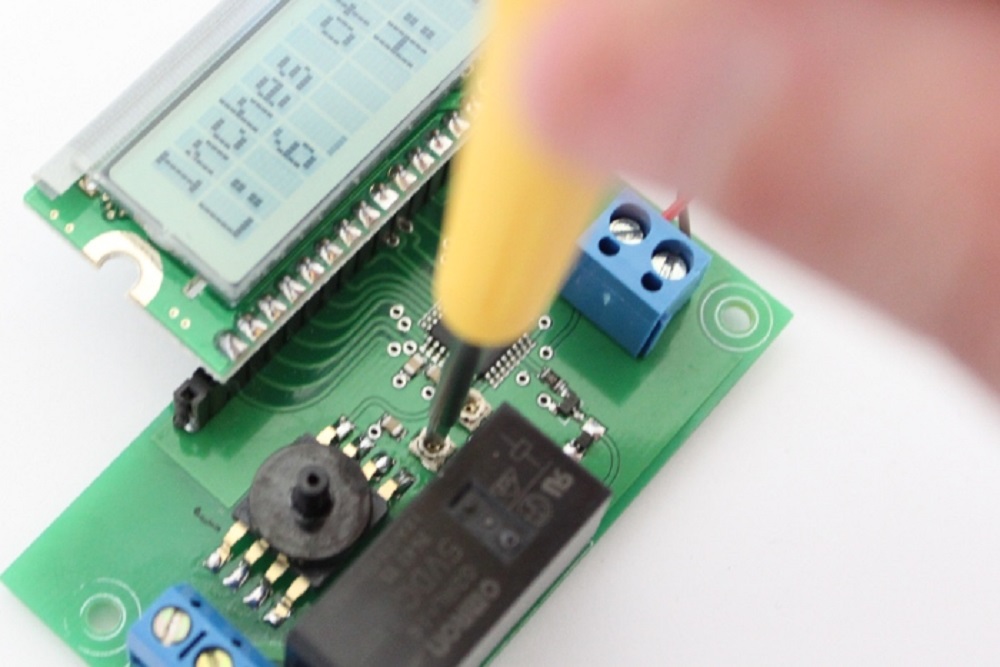The digital vacuum regulator is known as a mechanism used to manage or control the desired vacuum pressure of the vacuum system. The basic function of the vacuum pressure controller is to manage the draining system’s vacuum at the set level. And this can be done by responding to the changes of the air admissions into the system. There is no doubt these regulators for controlling the vacuum are of many types. But the kind of controllers we discussed here work on a particular principle of balanced force. If you want to know more about it, all you do is swipe up the page for it.
Table of Contents
How Does The Vacuum Regulator Work?
The inlet & outlet ports of the vacuum pressure regulator manage the flow, which lets the air pressure come inside & outside of the regulator. The airflow of the regulator has a low pressure as compared to the air being drawn into the vacuum pump. The vacuum pressure regulator valve gets closed when the vacuum pressure is reached the desired point. And it also blocks the extra flow of the supply line of the vacuum controller. If the pressure of air is higher than the desired setpoint, then valves are allowed to be open. Also, it will enable passing the air pressure as airflow output.
Position of the Distributor Vacuum Control Valve:
Usually, the pressure controllers are positioned in a closing or opening position. It is considered sensitive so that it can be managed in response to the changes of the vacuum. The benefit of using the vacuum pressure controller technology is that it automatically controls the absolute pressure in the vacuum, which can’t go below zero. The flow of air is considered to be managed more efficiently with modern regulator technology as compared to the traditionally managed single valve.
The electronic vacuum regulator valve uses the spring-loaded diaphragm mechanism. And it adjusts the flow of air from the pump or external ambient air source for regulating the internal pressure. The manageable pressure controllers ensure the operators of the system that its operating is at optimal pressure.
What Are The Pros & Cons of Vacuum Regulators?
Below listed are some of the advantages of the distributor pressure control valve, and they are:
The digital regulator minimizes gas flow via the system, which is helpful when multiple processes share the common system.
Advantages:
- The vacuum pressure controller reduces the flow of gas that helps in the pumping function, especially when oil-flooded & oil-sealed pumps are used.
- The reduced flow of air pressure depends on the pump’s specifications that also reduces the electrical energy consumption of the vacuum pressure regulator.
- Another advantage of using the regulator is that it provides accurate vacuum control, depending on the design & sizing of the regulator.
Read Also: What Exactly Could a Building Surveyor Perform?
Disadvantages:
Now, it is time to have a look at the cons of using the vacuum pressure controller, and they are:
The regulators must be large in size is that the entire vacuum flow of air can pass through it easily. It is for those pumps that need the minimum gas to pass as output, such as dry vane pumps or liquid ring pumps. The vacuum pressure controller must be combined with the vacuum breaker to managing the gas.




